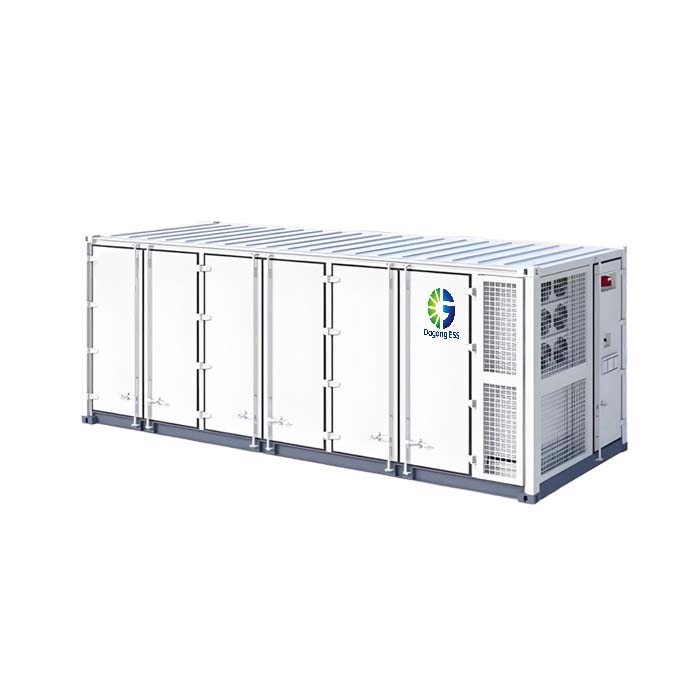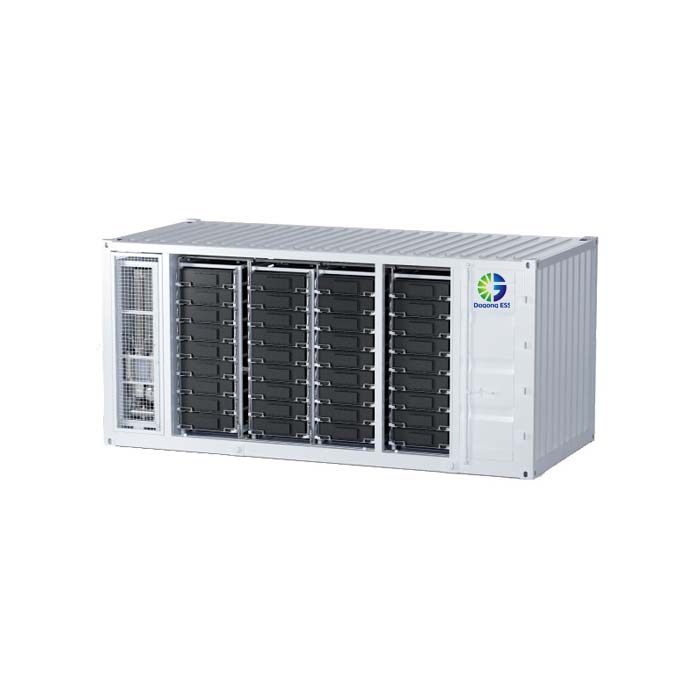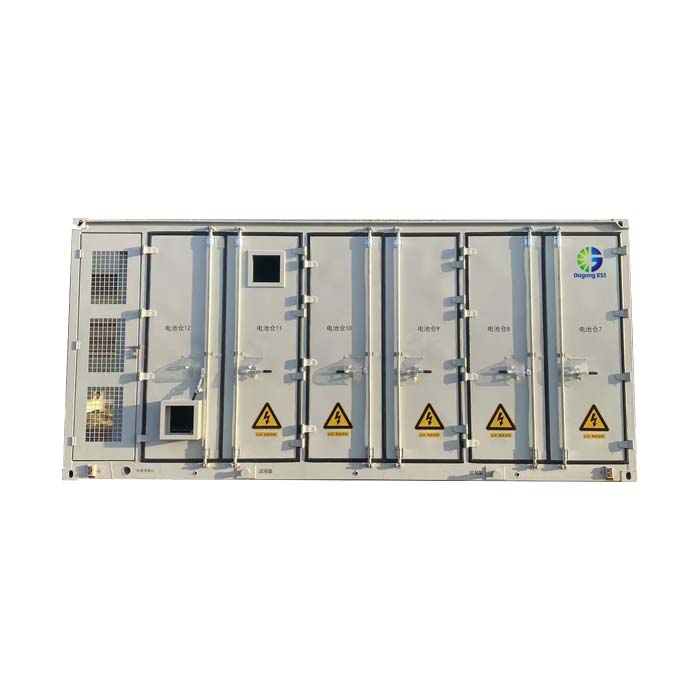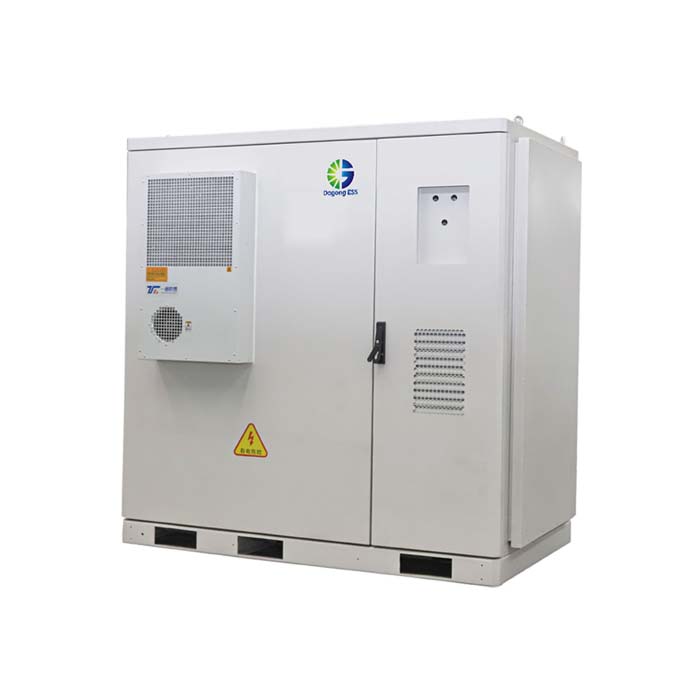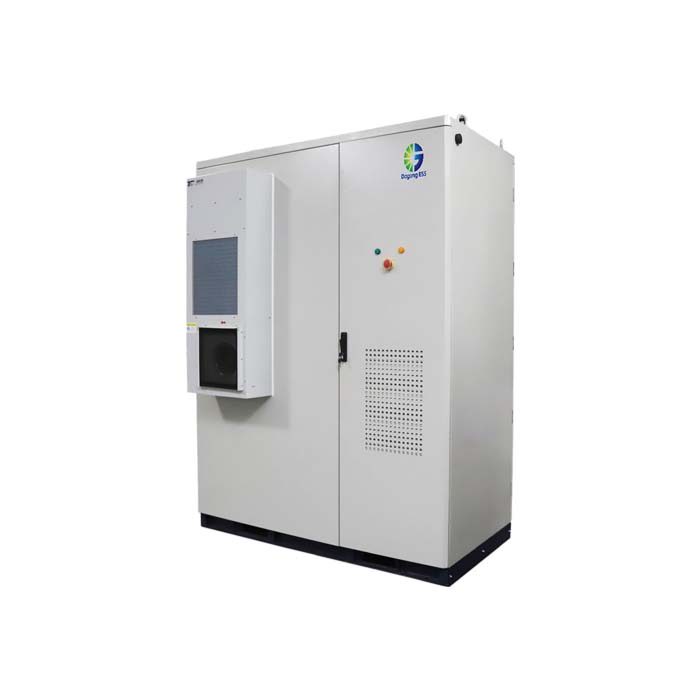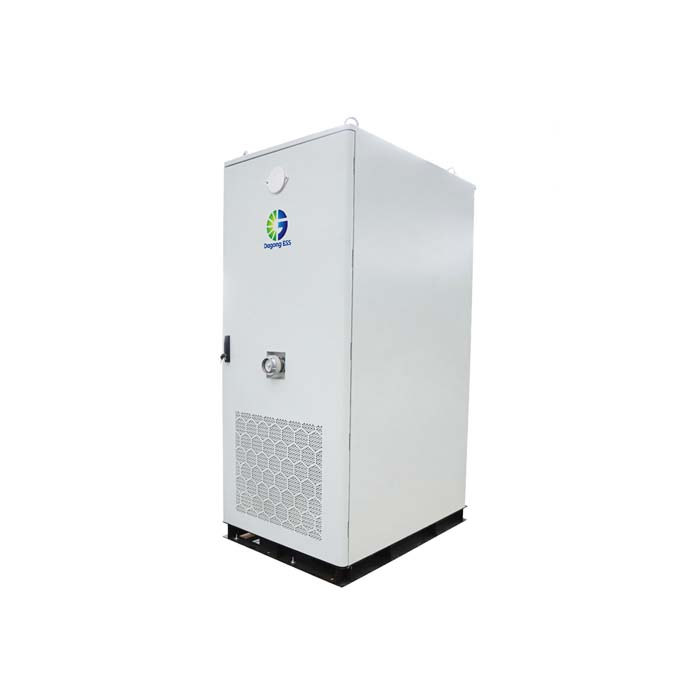Energy Storage Systems for Solar Integration Projects
What is an Energy Storage System for Solar Integration?
An Energy Storage System (ESS) for solar integration is a battery-based solution designed to store surplus solar energy during the day and discharge it when sunlight is insufficient—such as at night or during cloudy weather. By pairing solar PV with a reliable ESS, users can maximize energy self-consumption, enhance energy reliability, and reduce dependence on the grid.
ESS plays a critical role in balancing supply and demand in solar projects, improving ROI, and enabling true energy independence for both residential and commercial users.
Types of ESS for Solar Integration
Residential Solar ESS
5kWh–80kWh capacity
Stackable, wall-mounted, or rack-based options
✅ Ideal for solar-powered homes and villas
Commercial & Industrial ESS
100kWh–500kWh+ capacity
Designed for offices, factories, farms, or logistics centers
✅ Supports net metering, TOU arbitrage, and backup
Utility-Scale Containerized ESS
1MWh–5MWh+ modular containers
✅ Integrates with solar farms or microgrids
Combines solar inverter, lithium battery, and EMS in one system
✅ Simplifies installation and operation
Dagong ESS offers a full range of solar-compatible energy storage solutions with both air-cooled and liquid-cooled designs.
Features of Solar ESS Solutions
Solar PV Compatibility: Seamless integration with off-grid and grid-tied inverters
Smart Energy Management: Optimizes charging/discharging based on solar production and consumption needs
Time-of-Use Shifting: Stores low-cost solar energy for use during peak grid hours
Backup Power: Provides uninterrupted supply during grid outages
Expandable Capacity: Modular systems allow future solar expansion
Safety Certifications: CE, UN38.3, MSDS, IEC, 3C compliant for global deployment
Applications of Solar + ESS Integration
Off-Grid Homes and Cabins
Grid-Tied Residential Solar with Backup
Commercial Buildings with Rooftop PV
Farms and Agricultural Operations
EV Charging Powered by Solar Energy
Community Microgrids or Utility PV Farms
Price of Energy Storage for Solar Integration
Pricing is based on:
System size (100kWh to 5MWh+)
Cooling type (air-cooled vs. liquid-cooled)
Integration needs (PV, EMS, grid connection)
Air-cooled cabinets (100kWh–241kWh) are more cost-effective for mid-scale peak shaving. Liquid-cooled container systems (215kWh–5MWh) suit larger factories or EV infrastructure.
Prices are usually quoted as EXW, FOB, or CIF, depending on logistics and project location.
How Long Does a Solar ESS Last?
High-quality LFP-based ESS typically last:
8,000+ cycles at 70% SOH
15+ years of daily operation
Minimal degradation when paired with smart EMS and temperature management
The Supplier of Solar-Compatible ESS: Dagong ESS
Dagong ESS specializes in lithium battery storage systems designed for seamless solar integration:
✅ Residential ESS
Stackable 5kWh–80kWh Systems
Wall-mounted 5–10kWh Batteries
Rack-based 5–30kWh Cabinets
✅ Commercial & Industrial ESS
Air-Cooled 100kWh–144kWh Systems
Liquid-Cooled 215kWh–372kWh Cabinets
✅ Utility Container ESS
3.35MWh Liquid-Cooled Containers
5MWh Air-Cooled Containers
All systems are PV-ready, smart EMS-enabled, and certified for global applications.
Planning a solar integration project? Contact Dagong ESS for tailored battery storage solutions:
Email: sales@dagongess.com
Website: 🌐 www.dagongess.com


